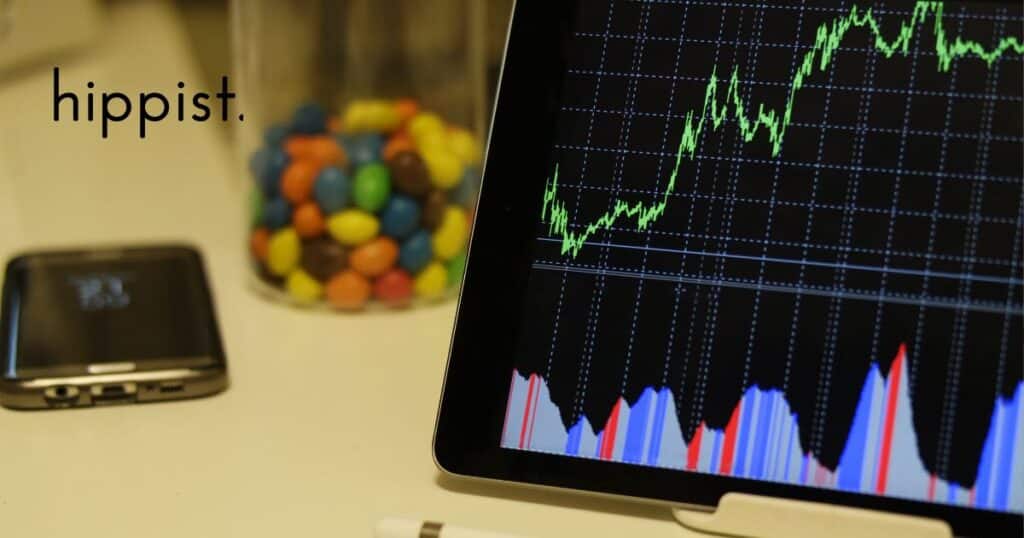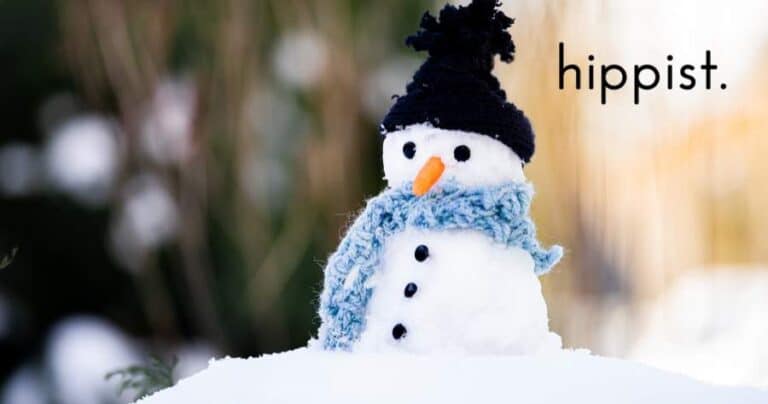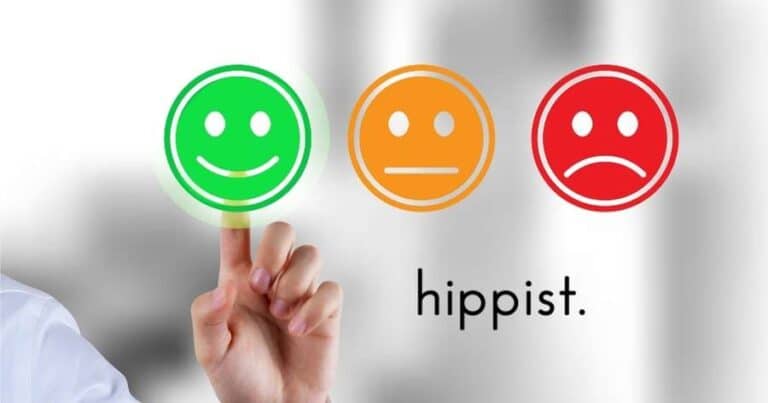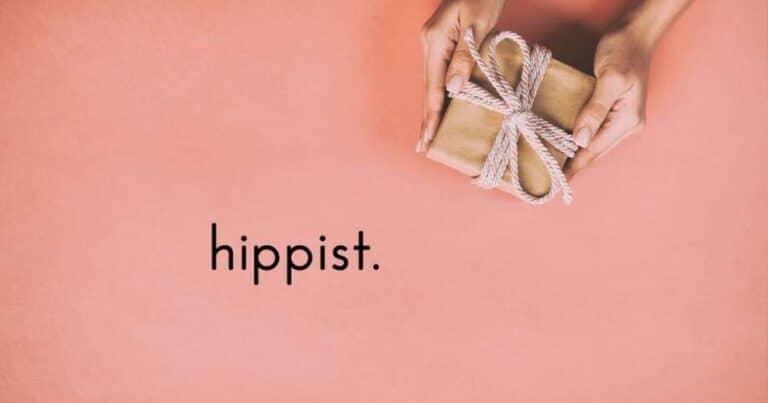
In e-commerce, you don’t get a second chance to make a first impression.
When a shopper scrolls, browses, or clicks — it’s not your product description or reviews they see first. It’s your product photo.
And in a world where thousands of similar listings compete for attention, visual quality is the difference between a sale and a scroll. That’s why more brands are turning to AI-powered product photography — not just to look good, but to convert better.
Let’s break down how better product visuals take shoppers from click to cart.
Step 1: The Scroll-Stopping Click
Whether you’re running ads on Meta, posting on Instagram, or showing up in a search result on Amazon or Etsy — your photo is your headline.
- High-quality images get more clicks, especially on visually driven platforms.
- Visuals that stand out with bold composition, clean styling, or creative scenes stop the scroll.
- AI-generated images allow you to create dozens of scroll-stopping variations to A/B test what drives the most attention.
→ Conversion Tip: Use lifestyle shots or creative backgrounds for ads and social media; clean white backgrounds for product listings.

Step 2: The Trust Factor
Once a shopper lands on your page, their eyes scan your visuals first. This is where trust is built (or lost).
- Blurry, inconsistent, or DIY-looking photos lower perceived product value.
- Professional, consistent imagery increases brand credibility and justifies price.
- Showing your product in context (on a model, styled in a scene, or in use) answers questions instantly and reduces purchase hesitation.
AI tools like hippist AI let you do all of this — without a studio or model.
⏱️ Step 3: Staying Longer = Buying More
Great product photos do more than inform — they keep people engaged.
- More time spent on a product page increases the chance of purchase.
- Showing multiple angles, color variations, and lifestyle shots increases time-on-page and reduces bounce rate.
- With AI, you can generate these variations quickly, even from a single base photo.
→ Conversion Tip: Aim for 5–7 images per product, showing different views, use cases, and emotional appeal.
💸 Step 4: Add to Cart (and Fewer Returns)
A shopper is more likely to buy when they can clearly imagine how the product fits into their life.
- AI-generated visuals can place your product in different cultural, seasonal, or stylistic contexts — increasing emotional connection.
- Clearer images also mean fewer surprises, which helps reduce return rates.
One jewelry brand using AI-powered visuals saw a 400% increase in conversions — with fewer customer support inquiries and returns.
🚀 The AI Advantage: Better Photos, Faster

What used to take days or weeks of prep, planning, and photoshoots can now be done in minutes. AI product photography tools like hippist AI allow you to:
- Generate consistent, high-quality images for web, ads, marketplaces, and email
- Customize backgrounds, models, and styling based on your audience
- Test and iterate faster, with less cost and zero logistics
🧠 Final Thought
Better product photos don’t just make your store look good — they drive the entire customer journey from discovery to checkout.
With AI, you’re not just upgrading visuals — you’re upgrading performance.
Want to turn more clicks into customers?
Start using hippist AI and generate better, high-converting product photos today — fast, flexible, and on-brand.



